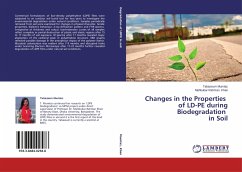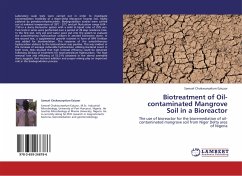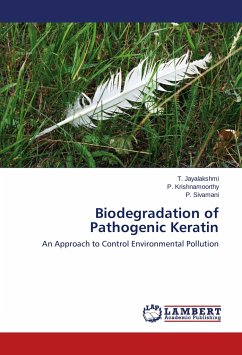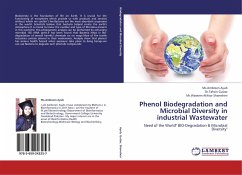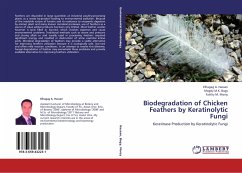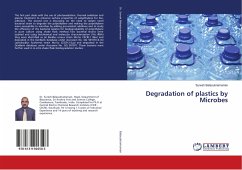Commercial formulations of low-density polyethylene (LDPE) films were subjected to an outdoor soil burial test for two years to investigate the environmental degradation under natural conditions. Samples periodically retrieved from soil were examined for changes in physical character, tensile properties, dielectric behaviour, X-ray diffraction pattern and FTIR spectra. Irrespective of thickness and colour, load-extension curves of all samples reflect complete or partial destruction of plastic and elastic regions after 15 to 17 months of soil exposure. IR spectra after 17 months revealed major absorption of the carbonyl peak in polyethylene structure. XRD graphs reflected possible damage in the amorphous region of the polymer matrix. Microbial colonization was evident after 7-9 months and disrupted holes under Scanning Electron Microscope after 17-22 months further revealed degradation of LDPE films under natural soil conditions.
Bitte wählen Sie Ihr Anliegen aus.
Rechnungen
Retourenschein anfordern
Bestellstatus
Storno

